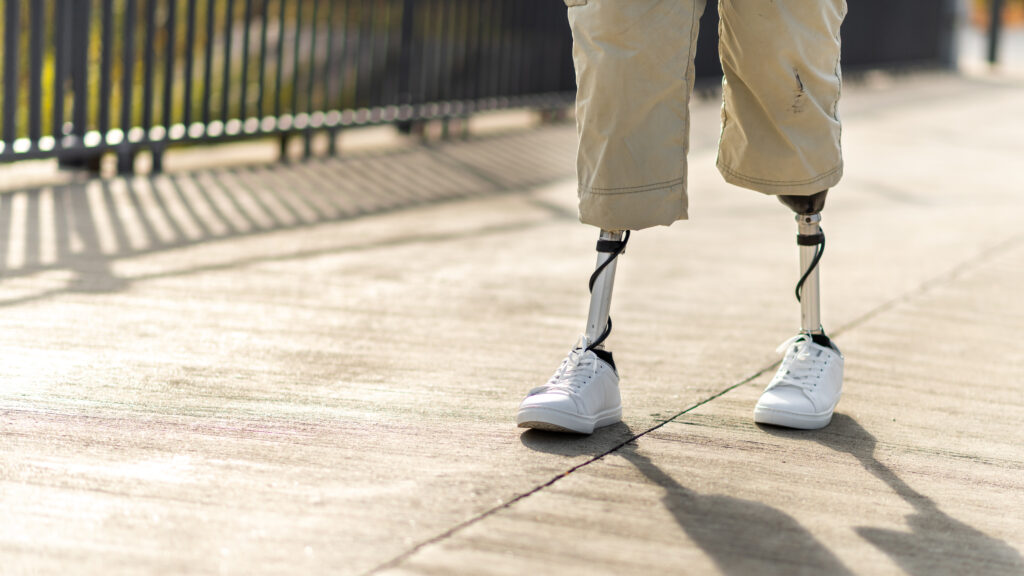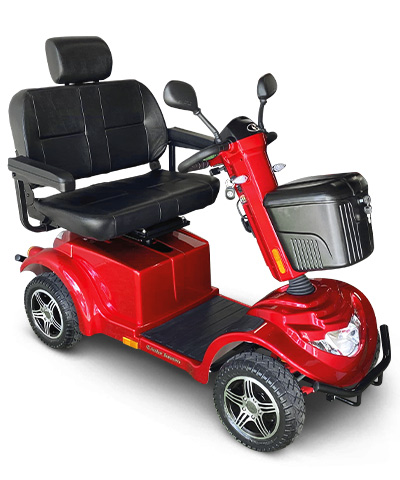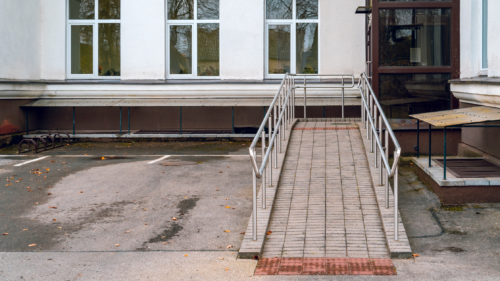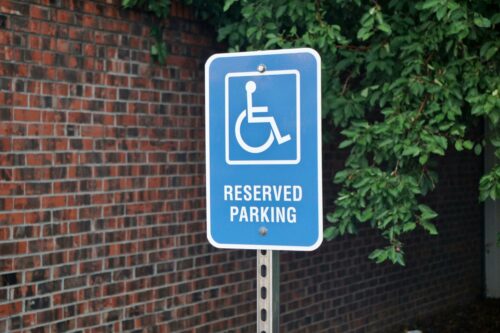Imagine a world where mobility limitations are just a footnote in history, where the boundaries of what’s possible are continuously redefined. For individuals living with paraplegia, this isn’t just a distant dream – it’s becoming a tangible reality, thanks to the groundbreaking advancements in exoskeleton technology.
In this article, we’ll look into the world of exoskeletons for paraplegics, exploring how these wearable robotics are not just transforming mobility but rekindling hope and reshaping lives. Join us on this inspiring journey as we unlock the potential of exoskeletons, turning challenges into opportunities and redefining the future of independence and mobility.
Understanding Paraplegic Mobility Challenges
Living with paraplegia, a condition typically caused by spinal cord injuries or diseases, significantly impacts mobility. This condition leads to partial or complete loss of lower limb functions, turning routine activities into considerable challenges. For many, simple daily tasks like moving around the home or getting out of bed require substantial effort.
Traditional mobility aids such as wheelchairs and crutches offer some independence but are limited in replicating the full spectrum of natural movement. They often struggle with obstacles like stairs, uneven ground, or confined spaces, and their prolonged use can lead to additional health issues like pressure sores or joint strain.
The advent of exoskeleton technology presents a promising solution. These wearable robotics are designed to assist movement, empowering users with enhanced capabilities like walking, standing, and stair climbing. For those living with paraplegia, exoskeletons could signify a shift towards greater mobility and autonomy.
As we progress through this guide, we’ll examine the inner workings of exoskeleton technology, its myriad benefits, and its transformative impact on paraplegic rehabilitation.
The Revolutionary Role of Exoskeleton Technology in Paraplegic Rehabilitation
Exoskeleton technology is actively reshaping the field of paraplegic rehabilitation. What was once a visionary concept in science fiction is now a dynamic reality, offering new possibilities for those with paraplegia. These wearable robots, designed to emulate the human skeleton, integrate motors and sensors to align seamlessly with the user’s body. This synergy enables tasks like standing, walking, and stair climbing, transforming previously insurmountable challenges into achievable daily activities.
The introduction of exoskeletons in rehabilitation brings multifaceted benefits. Crucially, it reignites a sense of independence and freedom, significantly elevating mental well-being and enhancing life quality. Moving beyond the confines of a wheelchair, individuals experience a profound psychological lift.
Physically, the impact is just as transformative. Regular engagement with exoskeletons helps maintain muscle strength, boosts circulation, and prevents secondary health issues, such as pressure sores and osteoporosis, often linked to prolonged wheelchair use.
Furthermore, exoskeletons create a safe, controlled environment for retraining walking skills, a vital element in the rehabilitation process. This step is instrumental in rebuilding both physical strength and self-confidence, paving the way for a more robust recovery journey.
Ultimately, the role of exoskeleton technology in paraplegic rehabilitation transcends mere mobility. It’s about reclaiming normalcy, independence, and dignity. With ongoing advancements, the capacity of exoskeletons to radically improve lives continues to expand.
Robotic Exoskeletons for Paraplegics
Robotic exoskeletons are not just transformative aids but marvels of modern engineering, intricately designed to revolutionise the experience of mobility for paraplegics. These devices, tailored to fit around the user’s body, are at the cutting edge of assistive technology, offering a glimpse into a future where mobility barriers are significantly reduced.
What sets robotic exoskeletons apart is their intricate design that mirrors human anatomy. Motorised joints and advanced sensors work in tandem, responding to subtle body movements and intentions. This intricate system translates into fluid, natural movements, enabling users to perform complex tasks like walking up stairs or navigating uneven terrain with ease.
Delving deeper into the user experience, these exoskeletons provide a level of control and autonomy that redefines mobility for paraplegics. Users engage with the technology through intuitive interfaces, often finding that the exoskeleton becomes an extension of their own body. This seamless integration is a testament to the technological prowess behind these devices, blending human intuition with robotic precision.
However, the journey with an exoskeleton is deeply personal and varies from one individual to another. Tailoring the exoskeleton’s settings to match each user’s unique physical profile is key to maximising its potential. It’s a process that involves collaboration between users, healthcare professionals, and engineers, ensuring that each exoskeleton is as unique as the individual using it.
The power of robotic exoskeletons lies not only in their physical capabilities but also in their ability to merge cutting-edge technology with human-centric design. As we continue to refine and advance these technologies, they promise to unlock new levels of independence and mobility for individuals with paraplegia.
Enhancing Mobility and Independence: The Impact of Exoskeletons on Paraplegics’ Lives
The emergence of exoskeleton technology marks a significant milestone in enhancing the day-to-day experiences of individuals living with paraplegia. These wearable robotic devices, far more than just mobility aids, are redefining the concept of independence for those facing mobility challenges.
Exoskeletons empower paraplegics in remarkable ways. The ability to stand upright, maintain eye contact during conversations, and navigate through the home without assistance are profound changes that positively impact everyday life. These experiences, once deemed challenging, are now within reach, thanks to the advanced capabilities of exoskeletons.
Beyond the physical enhancements, the psychological impact of using exoskeletons is significant. Regaining the ability to move independently can lead to a dramatic boost in self-esteem and confidence. It reduces feelings of dependency and isolation, fostering a stronger sense of connection with the community and enhancing overall life satisfaction.
Regular use of exoskeletons also contributes to better health outcomes. It promotes muscle engagement, improves circulation, and helps in preventing complications that often arise from prolonged use of wheelchairs, such as pressure sores.
In summary, exoskeletons are not just transforming the way paraplegics move; they are elevating their overall quality of life. As this technology continues to evolve and become more integrated into daily life, the future holds immense promise for even greater levels of independence and empowerment for those living with paraplegia.
Future Prospects: Advanced Mobility Solutions and the Potential of Wearable Robotics for Paraplegics
As we gaze into the future of mobility solutions for paraplegics, the evolving landscape of wearable robotics presents a realm brimming with potential. The progress in exoskeleton technology has already been transformative, yet it represents just the tip of the iceberg in what is achievable.
These exoskeletons, more than mere mobility aids, are extensions of the users themselves, offering a mobility and independence that was once only imagined. Their potential goes beyond physical movement; envision exoskeletons that are not just responsive but also intuitive, seamlessly synchronising with the user’s intentions in real-time.
The integration of artificial intelligence with exoskeleton technology is a promising frontier. AI could enable these devices to adapt and learn from each user’s unique movement patterns, leading to personalised and continually improving mobility solutions.
In the sphere of physical therapy, exoskeletons could take a central role. They could provide a controlled environment for paraplegics to regain strength and coordination, while also offering therapists valuable insights into their patients’ progress and needs.
The vision of advanced mobility solutions isn’t a distant dream but a rapidly approaching reality. Investment and research are intensifying globally, driven by the aspiration to enhance the lives of paraplegics through greater mobility and independence.
Overall, the potential of exoskeletons and wearable robotics for paraplegics is boundless. As we push the boundaries of technology, we edge closer to a future where limitations in mobility are a relic of the past.
FREQUENTLY ASKED QUESTIONS
1. What distinguishes an exoskeleton for paraplegics from other mobility aids?
A: Exoskeletons for paraplegics are advanced wearable devices that not only aid mobility but also support and enhance natural body movements. Unlike traditional mobility aids, they enable activities like standing, walking, and climbing stairs through motorised joints and responsive sensors.
2. What are the primary benefits of using an exoskeleton for paraplegics?
A: The main benefits include improved mobility, increased independence, enhanced muscle tone and circulation, reduced risk of secondary health issues, and significant psychological uplift, contributing to an overall better quality of life.
3. Can exoskeletons be used in all cases of paraplegia?
A: The suitability of exoskeletons varies depending on the individual’s condition, including the level of paralysis and specific physical capabilities. A thorough assessment by medical professionals is necessary to determine if an exoskeleton is appropriate.
4. How does an exoskeleton assist in physical therapy and rehabilitation for paraplegics?
A: Exoskeletons enable more intensive and effective physical therapy by allowing paraplegics to engage in walking and standing exercises. This aids in muscle strengthening, improves balance, and accelerates the overall rehabilitation process.
5. What does the future hold for exoskeleton technology in aiding paraplegics?
A: The future of exoskeleton technology is promising, with ongoing advancements aimed at increasing functionality, comfort, and user-friendliness. Future exoskeletons may incorporate AI to adapt to individual user needs, further enhancing mobility and independence for paraplegics.






 James
James 

